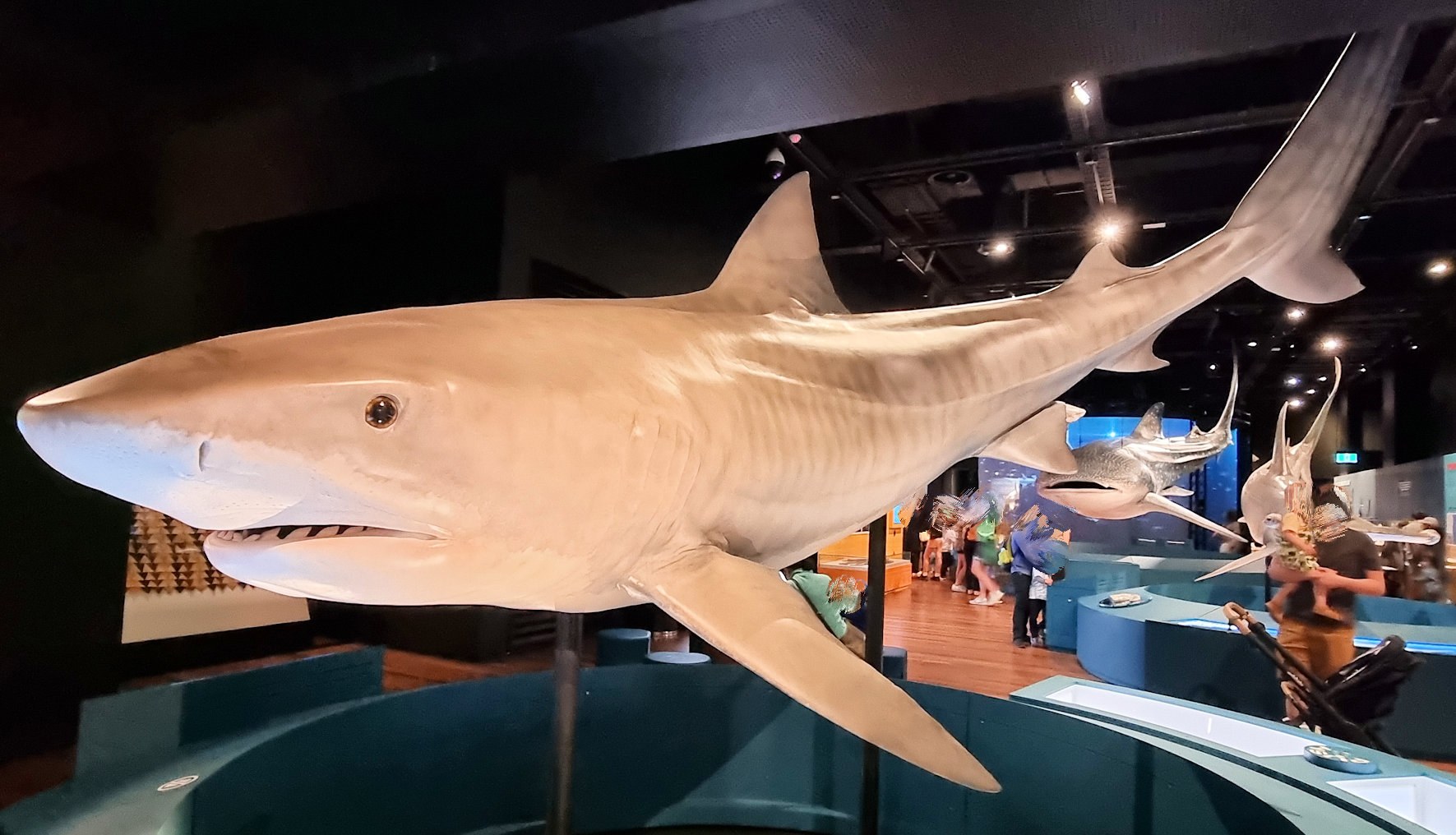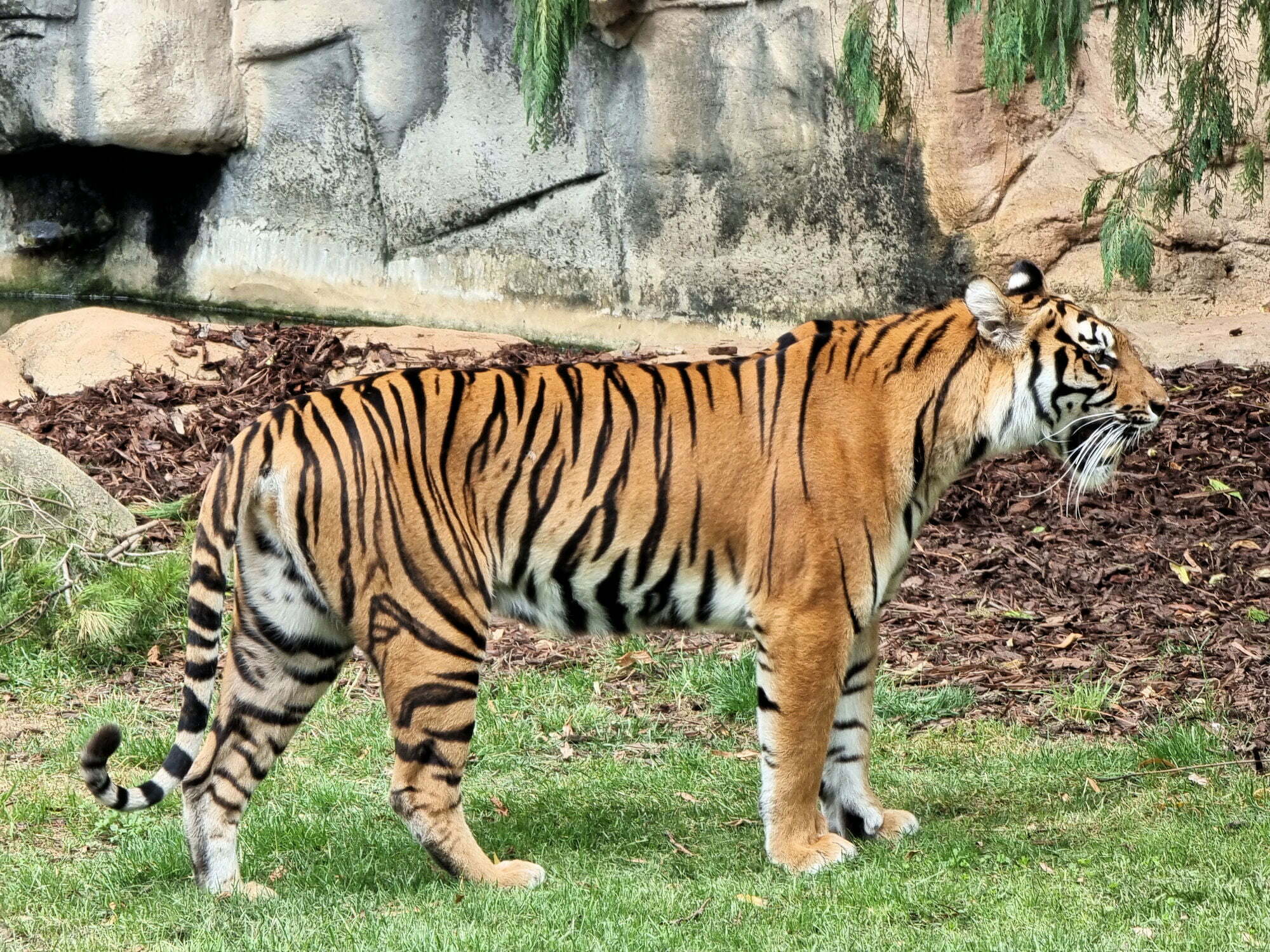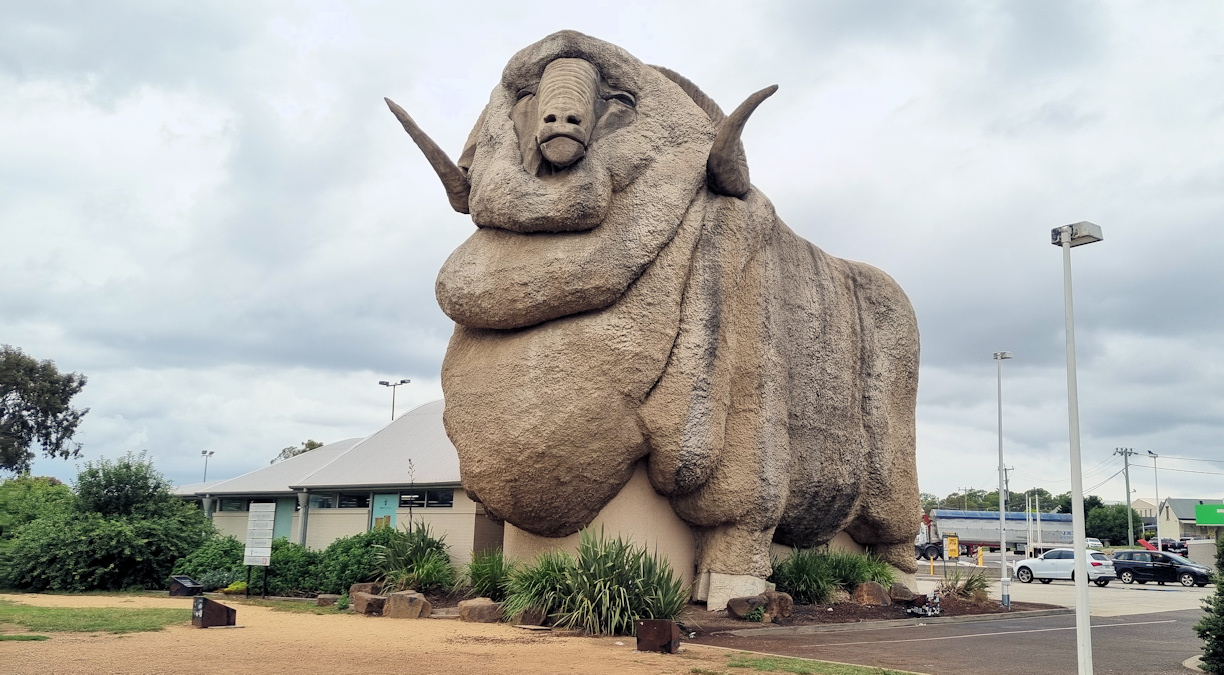Category: animals
-
Sharks Australian Museum

Sharks at the Australian Museum Running until January 2023, the Sharks Exhibition at the Australian Museum is a fascinating display detailing everything you would want to know about sharks. From their origins and evolution, to their interactions with humans and the threats to their future, this is a very educational exhibition. The Displays Most of… Read more
-
National Zoo and Aquarium

National Zoo and Aquarium Modern and spacious, the National Zoo and Aquarium in Canberra houses animals from around the world, but also includes many from Australia. Getting There and Parking Located a short 15-minute car ride from the centre of Canberra, it’s easy to get to. Plenty of on-site parking allows easy access for cars.… Read more
-
The Big Marino Goulburn NSW

The Big Marino Goulburn NSW Standing 15.2m tall and weighing in at 97 tonnes (50 feet and 95 tons imperial), the Big Marino lives up to its name. Being one of Goulburn’s tourist attractions, he contains a giftshop and wool display. His huge size makes him difficult to miss. Sitting on the Hume Highway means… Read more